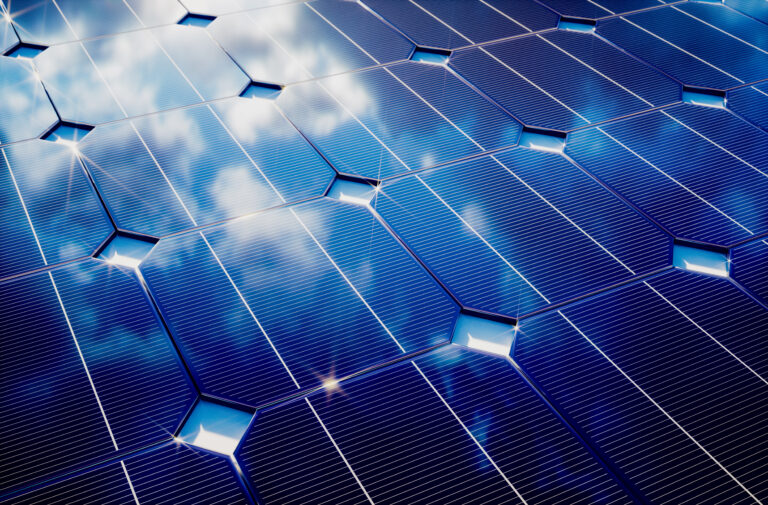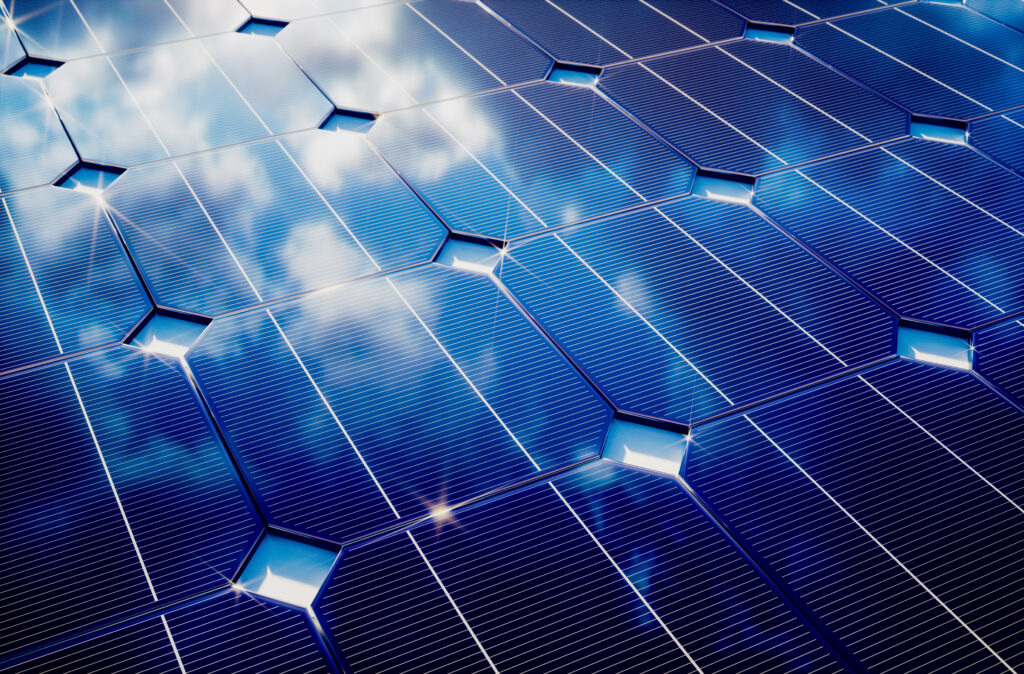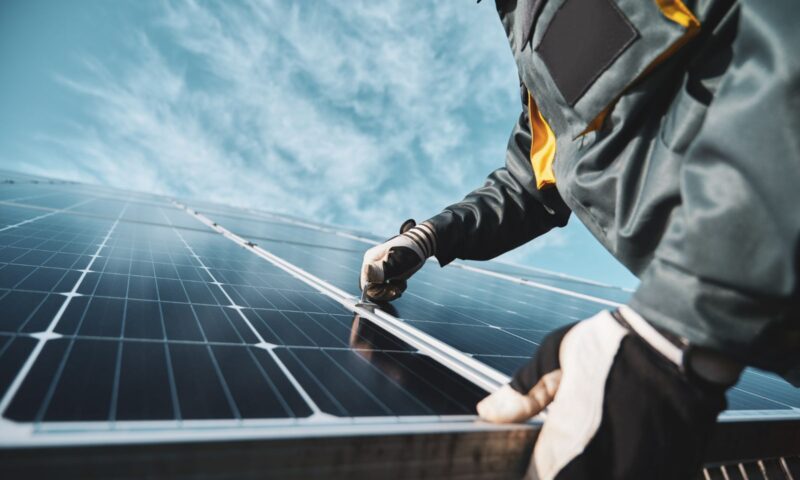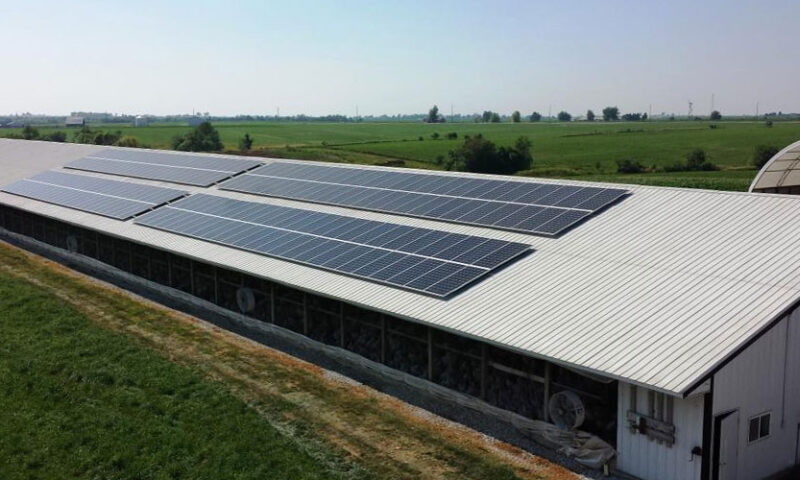Depending on the manufacturer, the panels may differ in literally nuances, but their structure and even dimensions have been almost standardized in recent years, mainly due to the fact that it is in everyone’s interest for them to take up as little space as possible and generate minimal load, which is particularly important in the case of roof installation.
The entire panel is mounted on an aluminum frame to which the rear part of the housing of the entire module is directly attached. This part, in turn, is protected against moisture with EVA foil (ethylene polyvinyl acetate). The use of this material in the production of panels reaches approximately 90% of the market share. This is due to the high parameters of resistance to destruction under the influence of external factors; however, lower and higher class foils can be distinguished – they differ mainly in their resistance to yellowing under the influence of sunlight, which may slightly affect the efficiency of the installation over time. Therefore, it is worth considering buying slightly more expensive panels with better quality EVA foil to enjoy longer battery life without a drop in production power.
Then, combined photovoltaic cells are placed in rows in each panel and covered with another layer of EVA foil. Properly insulated from water, the cells are hermetically sealed in foil and then covered with tempered glass with high light transmittance, which helps avoid damage as a result of e.g. hail, but also provides additional protection against moisture that is dangerous to electricity.





